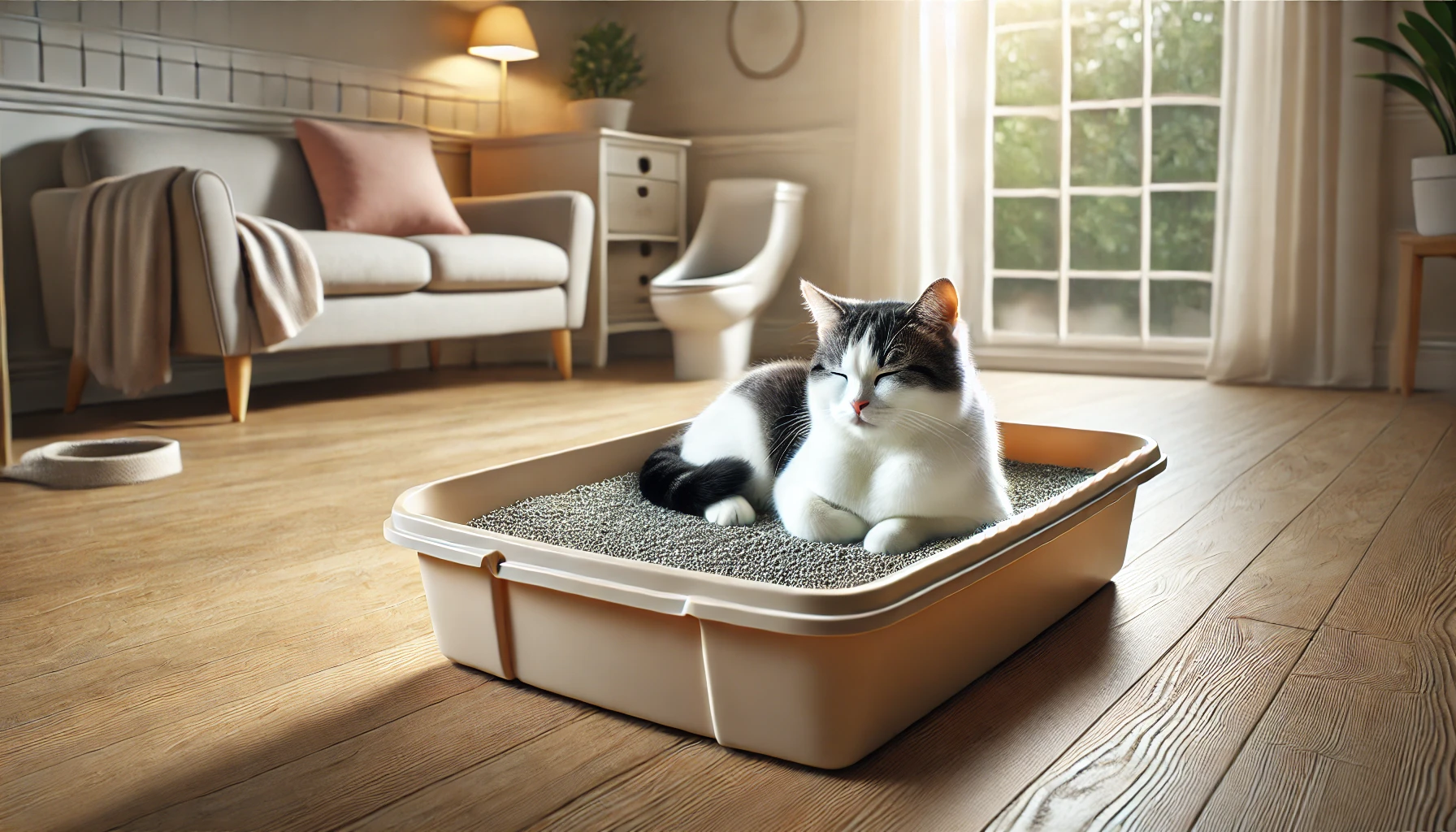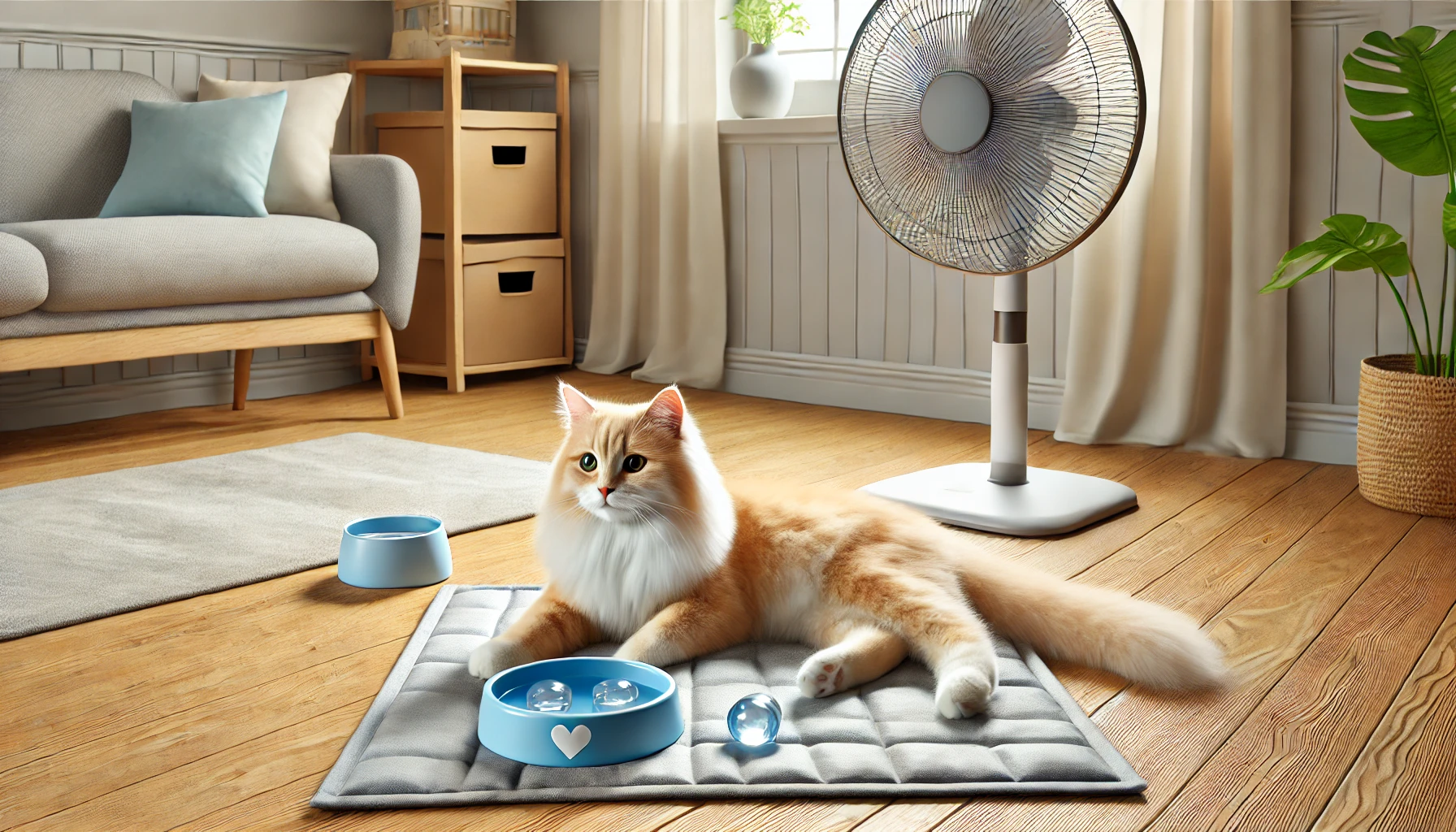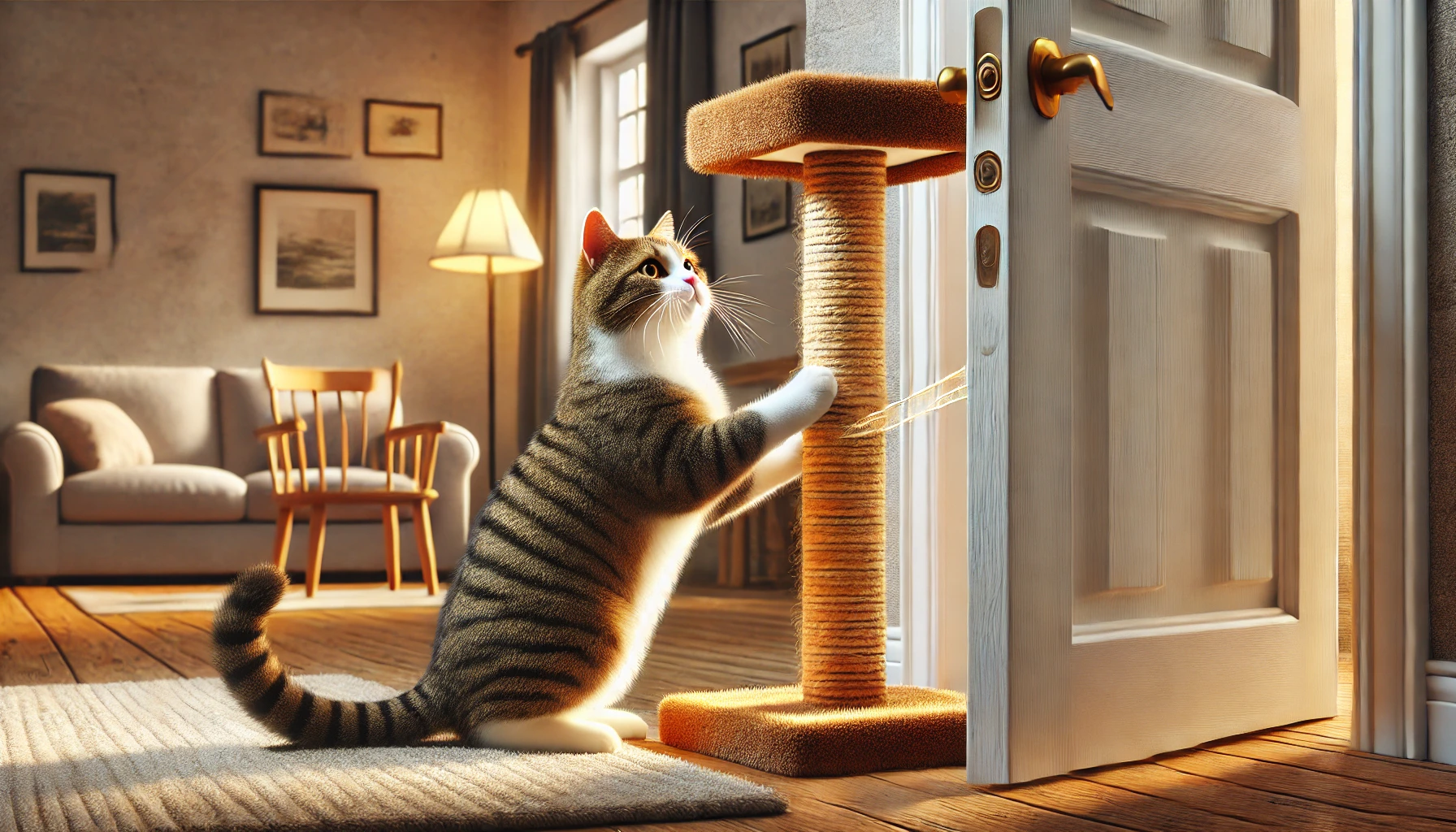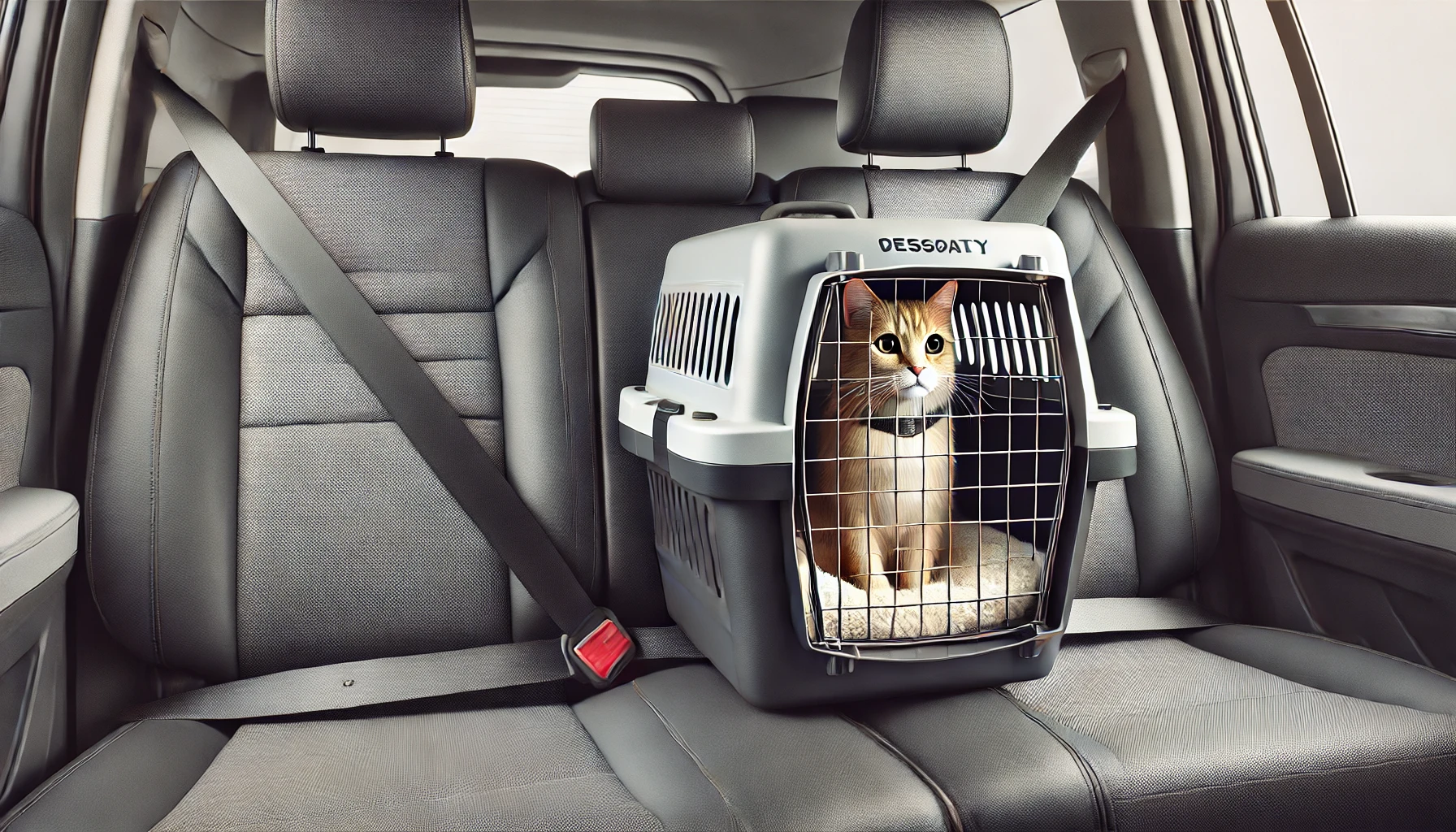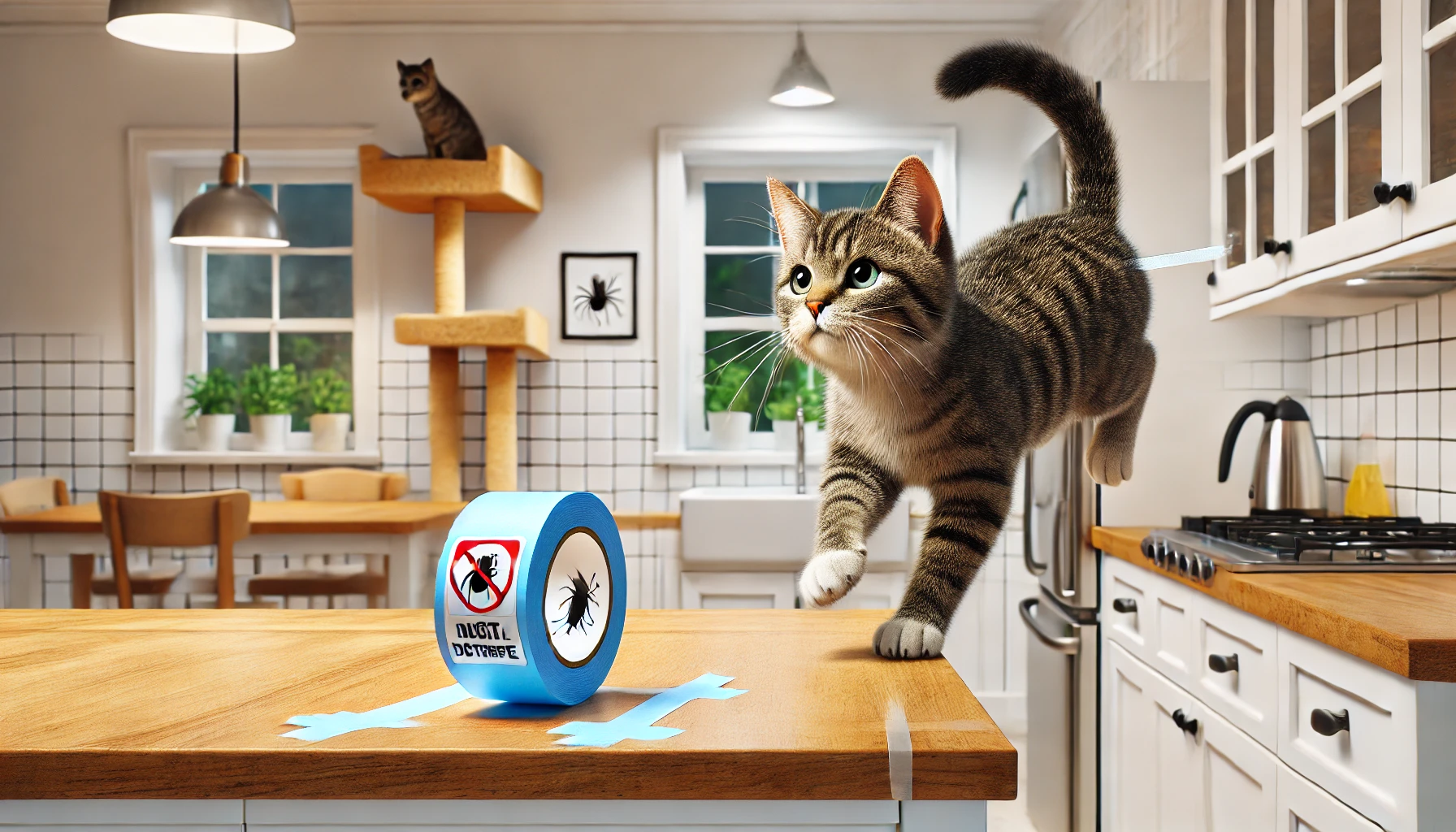Most cats instinctively use a litter box, but some need training or encouragement to develop good habits. If your cat is avoiding the litter box, it could be due to location, cleanliness, or medical issues.
In this guide, you’ll learn how to set up the perfect litter box, encourage good habits, and fix common litter box problems.
1. Choose the Right Litter Box
Not all litter boxes are the same! Your cat needs a box that is comfortable, accessible, and easy to use.
✅ Best Features of a Litter Box:
✔ Large enough for your cat to turn around comfortably.
✔ Low sides for kittens or senior cats (or ramps for easier entry).
✔ Uncovered box (some cats dislike enclosed spaces).
🚨 Common Mistake: Using a small or enclosed litter box.
Instead: Choose a spacious, open box for easy access.
2. Pick the Right Type of Litter
Cats can be picky about litter texture and scent.
✅ Best Types of Cat Litter:
✔ Unscented clumping litter – Most cats prefer this.
✔ Fine-grain texture – Softer on their paws.
✔ Low-dust formula – Reduces respiratory irritation.
🚨 Avoid strong-smelling litter—cats dislike artificial scents!
3. Place the Litter Box in a Quiet, Private Location
Cats prefer to do their business in peace. A bad location can cause litter box avoidance.
✅ Best Litter Box Locations:
✔ Quiet areas away from loud noises.
✔ Easily accessible (not hidden in a closet or far room).
✔ Separate from food and water bowls.
🚨 Common Mistake: Placing the litter box near loud appliances (like washing machines).
Instead: Choose a calm, low-traffic space.
4. Keep the Litter Box Clean
Cats hate dirty litter boxes and may refuse to use them if not cleaned regularly.
✅ Litter Box Cleaning Routine:
✔ Scoop at least once a day.
✔ Change the litter completely every 1–2 weeks.
✔ Wash the box with mild soap and water (avoid strong chemicals).
🚨 If your cat stops using the box, check if it’s dirty!
5. Train Your Cat to Use the Litter Box
If your cat doesn’t automatically use the litter box, training helps build the habit.
✅ How to Litter Train a Cat:
✔ Place them in the box after meals and naps.
✔ Gently scratch their paw in the litter to show how it works.
✔ Reward with treats and praise when they use the box.
🚨 Never punish a cat for accidents—this creates fear and stress!
6. Have Enough Litter Boxes (Especially in Multi-Cat Homes)
Cats don’t like sharing litter boxes, and too few boxes can lead to territorial issues.
✅ How Many Litter Boxes Do You Need?
✔ 1 per cat + 1 extra (for example, 2 cats = 3 boxes).
✔ Spread them in different locations to prevent crowding.
🚨 If one cat blocks another from the box, add more to reduce stress!
7. Solve Common Litter Box Problems
If your cat suddenly stops using the litter box, there’s always a reason.
🚨 Common Litter Box Issues & Fixes:
❌ Peeing outside the box → Could be stress, dirty litter, or medical issues.
✔ Solution: Clean the box, reduce stress, and see a vet if needed.
❌ Kicking litter everywhere → Some cats dig aggressively.
✔ Solution: Use a larger, high-sided box or a litter mat.
❌ Avoiding the box entirely → May not like the location or litter type.
✔ Solution: Try moving the box or switching litter brands.
🚨 If litter box problems continue, consult a vet to rule out medical issues.
8. Avoid Common Litter Box Training Mistakes
Some training mistakes can make litter box issues worse.
❌ What NOT to Do:
🚫 Never punish your cat for accidents—this creates fear.
🚫 Don’t move the litter box frequently—cats like consistency.
🚫 Don’t use strong-smelling cleaners—stick to mild soap and water.
🚨 Patience and consistency are key to litter box success!
9. Watch for Medical Issues That Cause Litter Box Problems
If a previously trained cat stops using the litter box, it may be a medical issue.
🚨 Signs of a Medical Problem:
❌ Straining to pee or frequent attempts.
❌ Blood in urine.
❌ Crying while using the litter box.
🚨 These could indicate a UTI, kidney disease, or bladder stones—see a vet immediately!
10. Be Patient and Encourage Good Habits
Litter training takes time, but positive reinforcement and consistency lead to success.
🐾 Signs of a Well-Trained Cat:
✅ Uses the litter box consistently.
✅ No accidents outside the box.
✅ Comfortable with litter box location and type.
🚨 If problems persist, a vet or cat behaviorist can help.
Final Thoughts
Litter box training is essential for a happy, clean home. With proper setup, patience, and routine, your cat will develop good litter box habits for life.
🐱 Key Takeaways:
✅ Choose a large, open litter box with unscented litter.
✅ Place it in a quiet, accessible location.
✅ Keep it clean by scooping daily.
✅ Train kittens and new cats with gentle guidance.
✅ Provide enough litter boxes for multiple cats.
✅ Solve problems early and watch for medical issues.
With the right approach, litter box training will be easy and stress-free for both you and your cat! 🐾💖

